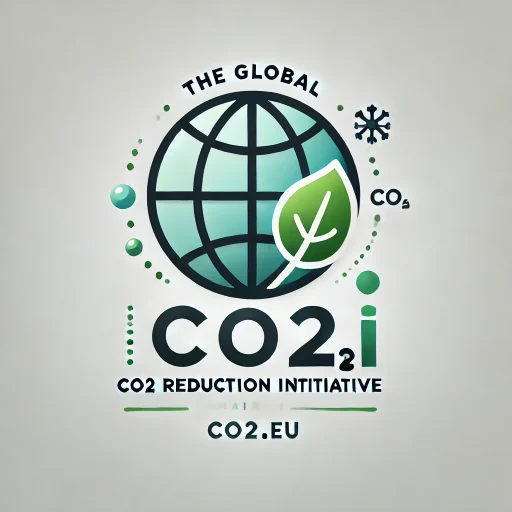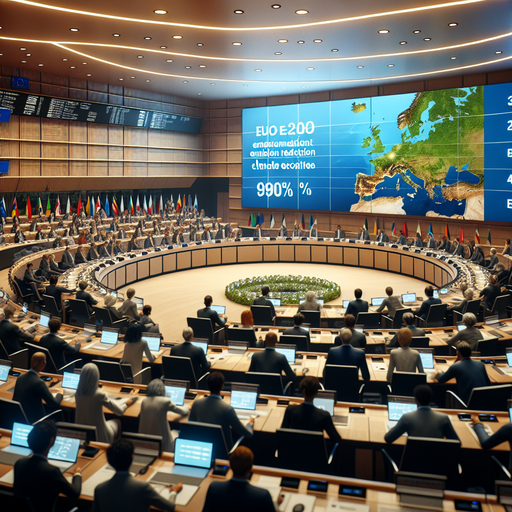Carbon Reduction Activities in Europe: August 04 – August 10, 2025
Executive Summary: The European Union continues to advance its climate action strategy by setting ambitious targets and exploring flexible mechanisms. Recent initiatives focus on balancing environmental sustainability with economic growth, ensuring a resilient and competitive future for Europe.
Introduction
During the week of August 04 to August 10, 2025, the European Union (EU) announced several key initiatives aimed at reducing carbon emissions. These efforts are part of the EU’s broader strategy to achieve climate neutrality by 2050, as outlined in the European Green Deal and the European Climate Law. This report provides a comprehensive overview of these activities, highlighting key developments and their implications for Europe’s climate action strategy.
Key Developments
2040 Emission Reduction Target
The EU has set a new emissions reduction target for 2040, aiming for a 90% reduction in greenhouse gas emissions compared to 1990 levels. This target is part of the EU’s commitment to achieving climate neutrality by 2050. The proposal includes the use of international carbon credits, allowing member states to count carbon reductions from non-EU countries towards their targets. This approach is designed to provide flexibility and support economic growth while maintaining environmental goals.
Member State Reactions
The proposal has sparked debate among EU member states. Some countries, such as the Czech Republic, view the 90% target as unrealistic, while others, like Italy and Hungary, are concerned about the economic impact of decarbonizing heavy industry. France has expressed doubts about the feasibility of reaching the target and seeks guarantees for the decarbonization of industry and support for nuclear energy.
Implications for Europe’s Climate Strategy
The announcements made in early August 2025 reflect the EU’s ongoing commitment to reducing carbon emissions and achieving climate neutrality by 2050. By setting a new climate target for 2040 and incorporating carbon credits, the EU is taking significant steps towards a sustainable and competitive low-carbon economy. These initiatives are expected to enhance Europe’s resilience to climate change and support the global effort to mitigate its impacts.
Conclusion
The EU’s recent announcements underscore its dedication to leading global climate action. By setting ambitious targets and exploring flexible mechanisms, the EU aims to balance environmental sustainability with economic growth, ensuring a resilient and competitive future for Europe.


Recent Comments